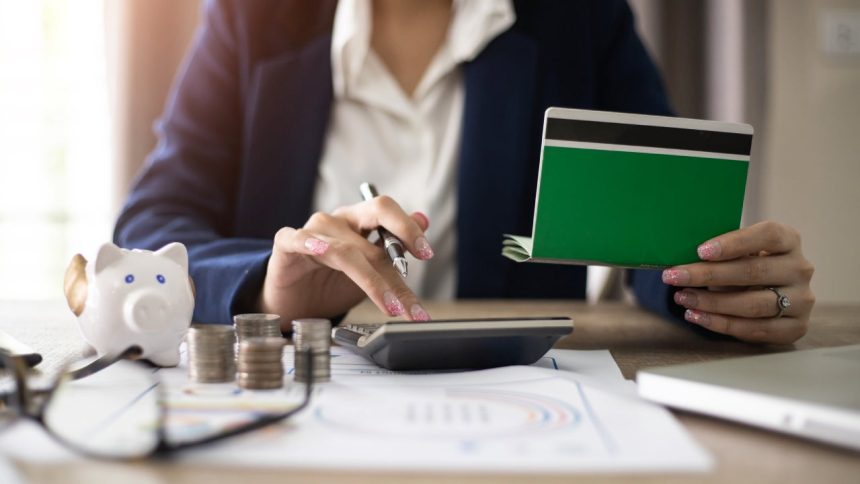Prapass Pulsub/Getty Images
Key takeaways
- Check your balance online, on the phone, through your bank’s mobile app, at the ATM and with bank statements. A bank teller can provide account details in person.
- Regularly checking your balance helps avoid overdrafts, manage budgets and detect fraud early.
- Protect personal data by using strong passwords, securing connections and remaining aware of phishing scams.
Your bank account balance is the hinge for managing all of your finances, and it’s important to regularly check it so you don’t overdraw your account, get declined for a purchase or lose track of how much you’re actually spending. With the advancement of banking technology, checking your account balance has never been easier. Here are the most common and accessible ways to do it.
Ways to check your account balance
There are many options for checking your bank account balance. You can get a current view of your finances by visiting the bank’s website or mobile app. An ATM visit, phone call or bank statement are other convenient ways to check your balance. If you prefer to speak with someone in person, you also have the option of talking to a bank teller.
On the bank’s website
Online banking allows you to access your bank account from any computer or device with internet access. To check your account balance, log in to your bank’s online banking website using your username and password.
Once you’re logged in, navigate to the account balance section. It should be listed under “accounts” or “account information.” Depending on your bank’s website layout, you may need to click on your account to view your balance. Most online banking sites offer a clear overview of your account balance and transaction history.
On a mobile banking app
Mobile banking apps have become increasingly popular, and many banks now offer their own apps to make banking easy and convenient for their customers. To use a mobile banking app to check your account balance, you’ll first need to download the app from your bank’s website or app store. Once you’ve downloaded the app, sign in to your account and navigate to the account information section. Most mobile banking apps provide an up-to-date view of your account balance and recent transactions.
At an ATM
To check your account balance at an ATM, insert your debit or ATM card, enter your Personal Identification Number (PIN) and select “balance inquiry” or a similar option. Your account balance will be displayed on the screen, along with any recent transactions.
Note that you may be charged a fee for using an out-of-network ATM to check your balance or make other transactions at the ATM. Avoid out-of-network ATM fees by sticking to ATMs in your bank’s network, or see if your bank offers ATM fee refunds.
Over the phone
Many banks still offer telephone banking services, which allow you to check your account balance by phone. To use this service, call the phone number provided by your bank and follow the prompts from the automated voice system to access your account balance. You may need to enter your account number and other identifying information or answer a few security questions before you can view your balance.
Through bank statements
While not an immediate way to check your account balance, you can keep track of your account activity by reviewing your bank statements. Most banks still send monthly statements by mail, but you can also access electronic statements online. Your account balance will be listed on your statement, along with all transactions made during the statement period.
With a bank teller
You can obtain your account balance by visiting a bank teller if the institution has a physical location. Make sure you have your account number, bank card and identification. This information will be necessary to confirm you are the account holder.
After confirming your identity, a bank teller will provide your balance. The teller can provide this information verbally or print out your recent transactions and current balance.
Why it’s important to monitor your bank account balance
Monitoring your checking account balance helps maintain your financial health. Keeping an eye on your money helps with avoiding overdraft fees, maintaining your budget and paying bills on time. Another benefit of monitoring your balance is you can spot fraudulent activity early.
Make sure to protect your sensitive information
When checking your bank account balance, it’s essential to protect your personal information from hackers or scammers. Here are some tips to keep your information secure:
- Use a strong password and change it regularly.
- Don’t share your account details with anyone you don’t trust.
- Check your account regularly, and report any suspicious activity to your bank immediately.
- Only access your account online through a secure connection, such as your bank’s official website or app.
- Be cautious of phishing scams, and never click on suspicious links or attachments in emails or text messages.
- If you’re using an ATM, make sure it’s in a well-lit area and run your card as a credit card or shield your PIN when you enter it to avoid a common scam called skimming.
By using these methods to check your bank account balance, you can stay on top of your finances and ensure the safety of your personal information.
–Former Bankrate writer René Bennett wrote a previous version of this article.
Read the full article here
















